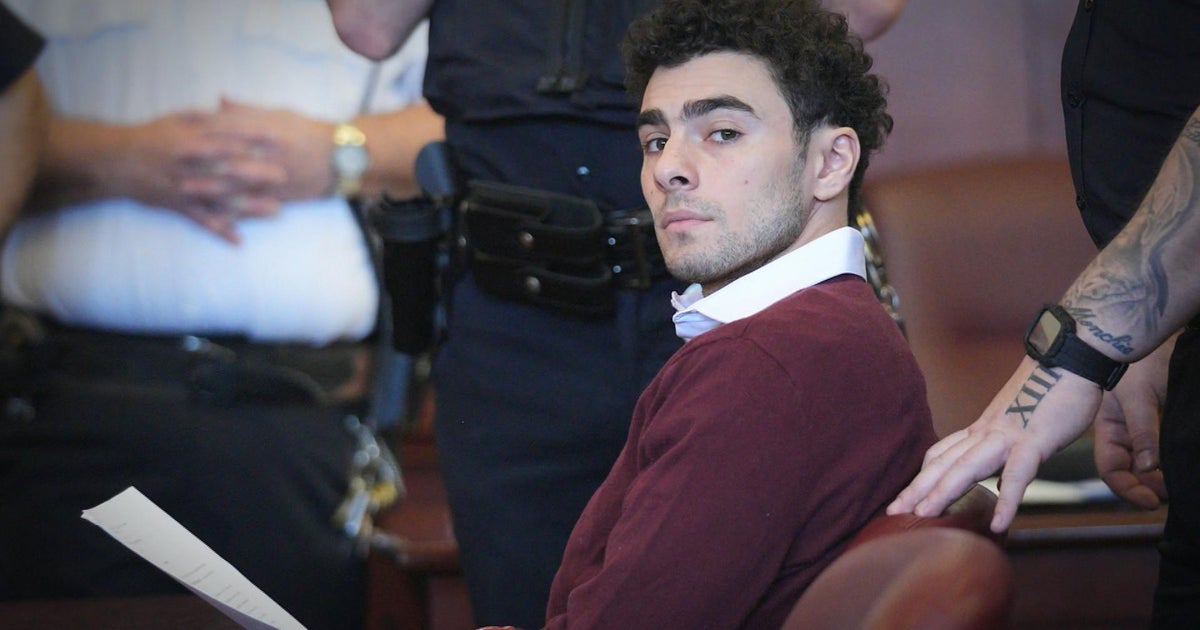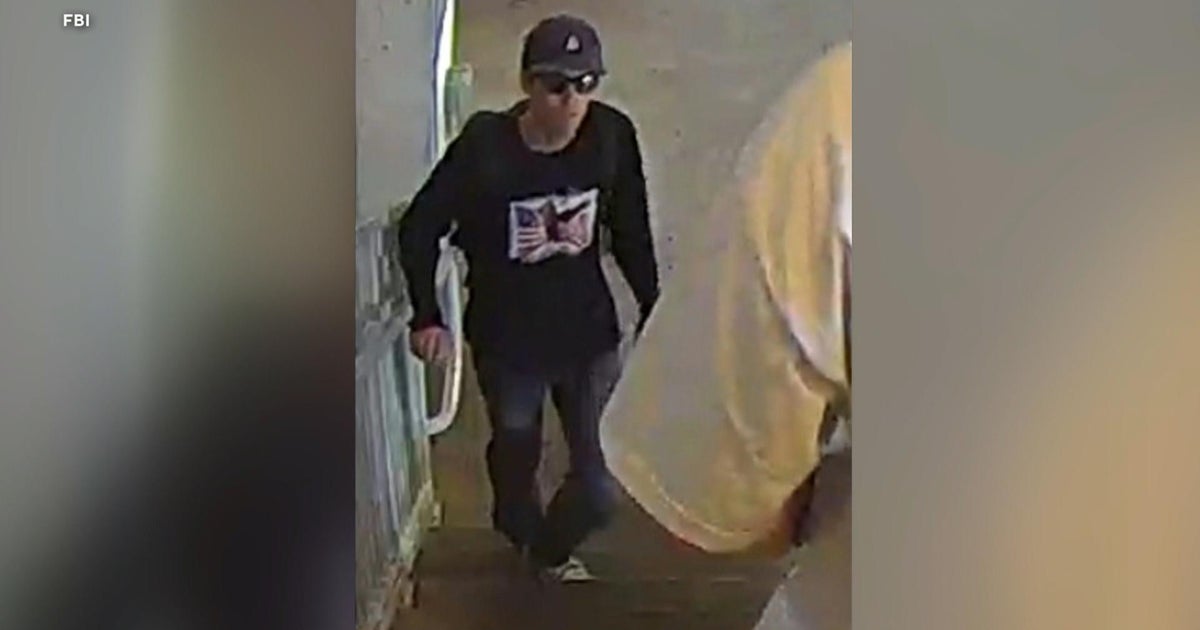Opinion
September 7, 2025 — 5.00am
September 7, 2025 — 5.00am
Somewhere between the hushed calm of Delhi’s Jama Masjid mosque, a blazing drive past the city’s Red Fort and the frantic bustle of Chandni Chowk markets, where my father haggled determinedly over mangoes, I saw it: the flicker of something I hadn’t known was missing. Not the mangoes, though they were excellent. But a kind of evocation, or return. Perhaps of a man realising that the place he’d packed away long ago was still, somehow, intact.

The writer and her father on their trip to India.
I am a child of the ’90s, raised in suburban Canberra during a decade when Australian multiculturalism could be divided into two distinct periods. First, there was the era of cheerful culinary assimilation when everyone embraced hummus, butter chicken and Pad Thai, but weren’t quite ready to see that diversity reflected on prime-time TV. And then there was an era of xenophobia and mistrust, ushered in by the election of a red-headed, fish-and-chip shop owner to federal parliament.
Mine was not your typical torn-between-two-cultures childhood. Sure, we visited my grandparents on weekends and sat on plastic-covered furniture. My abba (grandfather) would disappear to pray in his study five times a day and my name was syllabically challenging for some teachers. But for the most part, my home life – from the meals we ate, to the clothes we wore – were not all that different from those of my fair-skinned classmates.
I suspect like most first-generation migrants, Dad learned early that the best way to fit in is to let your heritage gently recede. Not completely, but just enough to smooth the edges.
This is not unusual, especially in a country where “Australian” has only recently expanded its definition beyond whiteness. There’s a term for this in psychology: acculturative stress. It refers to the pressure migrants feel to conform to a dominant culture. But that clinical-sounding term doesn’t quite capture the nuance for migrant kids, for whom adaptation is the only pathway to social survival, and identity becomes a luxury item.
It was never a rejection of culture. My dad was — and is — proud of his family’s story. But I think he believed my sister’s and my best shot at success involved as little friction with “Australianness” as possible. Growing up, Dad would have been expected to constantly frame shift, culturally. Toggling between his identity at home and his identity at school and with his friends. This sort of delicate, unconscious negotiation is the lived experience of so many migrants and migrant children.
And over time, the dominant frame usually wins.
I was well into adulthood and pretty much my entire understanding of being half-Indian was culinary-based. I didn’t have language. I didn’t know the history.
JAMILA RIZVIDad was only a child when his family moved from India to Australia. Both his parents died before I finished primary school, which maybe made it easier for him to quietly pack away that part of himself. Placing it carefully in a metaphorical box, kept in the bottom drawer of a spare room dresser that nobody used. To keep it somewhere safe, for later.
Only, later never came. Until I dragged him back to India in my 20s.
By then it was becoming embarrassing. I was well into adulthood and pretty much my entire understanding of being half-Indian was culinary-based. I didn’t have language. I didn’t know the history. I didn’t know where in India my family was from. I didn’t watch Bollywood movies or know how to wear a sari. Sure, I knew how to order for a crowd at an Indian restaurant, but I couldn’t have picked Zaheer Khan out of a crowd.
Loading
After a summer spent studying in London, I planned a significant detour on the way home. Having spent myself broke, I’ll admit that asking my dad to meet me in India for the final few weeks of my trip was fuelled by dual motivations. In the tradition of all good daughters, regardless of culture, I needed him to pay. But I was also curious. This was an unspoken invitation for my dad to show me a part of him I was unfamiliar with, to let me into our shared culture.
I wasn’t expecting magic. I was expecting digestive upset. But in India together what I got was a kind of waking up. Not just for me, but for Dad, too. I observed him shift into a more heightened version of himself. He shared stories from religion and history with such depth and richness that a tour guide would have been superfluous. My grandfather was a renowned historian and, for the first time, I could imagine what Dad’s childhood dinner table conversations might have been.
Dad’s language returned: slow and halting at first, then steadier as the trip went on. We visited extended family I hadn’t known existed. We hunted down Dad’s old school and childhood home, knocking on doors like time-travellers. We ate masala dosas for breakfast, curries soured with dried mango powder for lunch, and pistachio kulfi – which tasted, as Dad noted, “the way it’s supposed to” – after dinner each night.
That trip gave me an appreciation for what I’d missed but also what was still recoverable. The Indian parts of Dad, and of myself, had not been lost in the conventional sense. This is a story of latency, not erasure. After all, cultural identity isn’t all or nothing: it’s a long game. It can pause and it can morph. It can be renewed and it can be retrieved. Perhaps not fully intact, but enough to feel like a homecoming.
Get the best of Sunday Life magazine delivered to your inbox every Sunday morning. Sign up here for our free newsletter.
Most Viewed in Lifestyle
Loading


















































